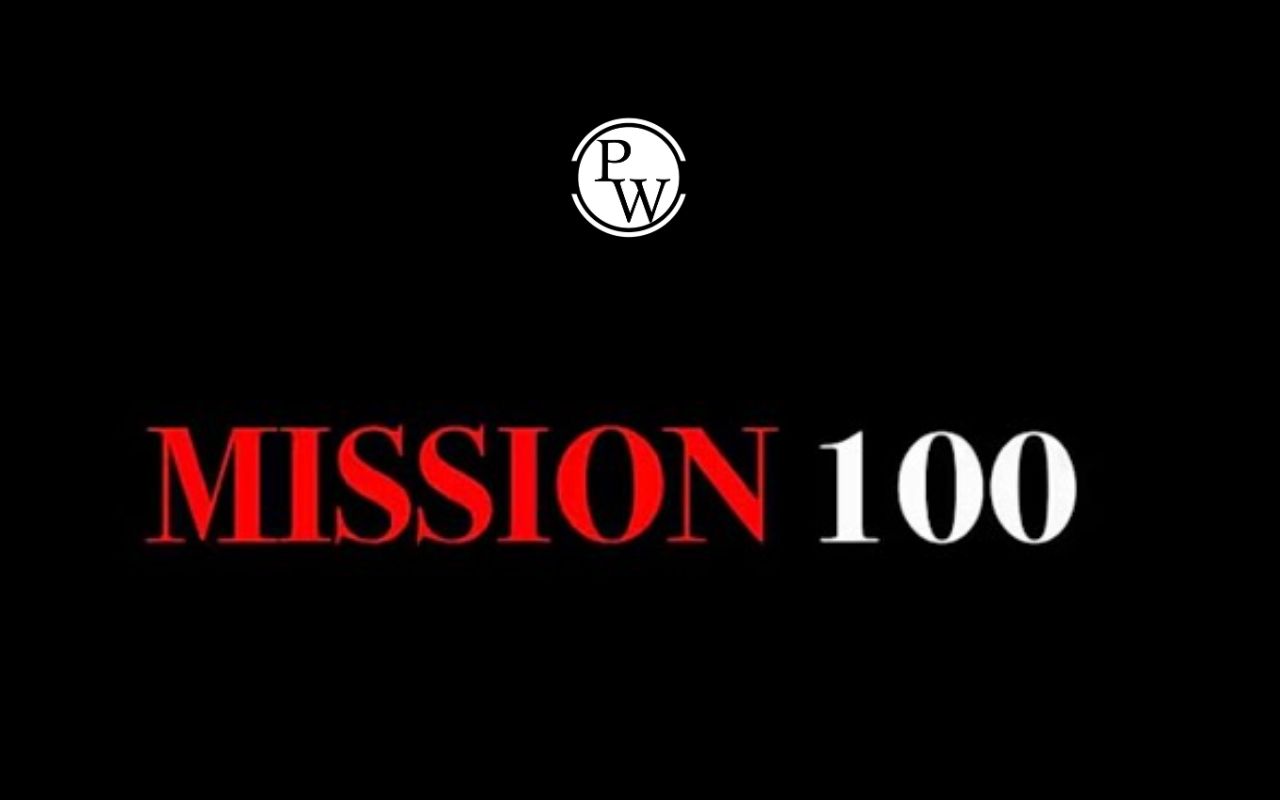
Difference Between Transpiration And Guttation: In the complex world of plant physiology, two distinct mechanisms, transpiration and guttation, play important roles in controlling the delicate balance of water within plant structures. Transpiration is an important process that involves the expulsion of water vapour through tiny pores (stomata) found on leaves, stems, and other plant parts. This water loss is necessary for nutrient absorption and maintaining cell turgor pressure.
Guttation, on the other hand, is a phenomenon that occurs primarily at night or early in the morning. It involves the discharge of water droplets from specialized structures known as hydathodes, found at leaf tips or along petal edges. Guttation, unlike transpiration, is caused by root pressure and exudes water droplets onto the plant's surface. Recognizing the differences between these processes is key to un derstanding the complex mechanisms plants use to regulate their water balance. Explore this article in depth to learn the difference between transpiration and guttation.| NEET Biology Syllabus | NEET Biology Diagrams |
| NEET Biology MCQ | NEET Biology Chapter wise Weightage |
| NEET Biology Notes | NEET Previous Year Question papers |
Difference Between Transpiration And Guttation Overview
Transpiration and guttation are both mechanisms used by plants to eliminate excess water, though they use different processes. Transpiration is the process by which water evaporates from the leaf's stomata, which are small openings on the surface. Guttation, on the other hand, is the release of water droplets from the tips of leaf veins via specialized structures known as hydathodes. Transpiration is inactive at night because the stomata are closed.
When the soil retains a high moisture level, water enters the roots because their water potential is lower than that of the soil, resulting in water accumulation and the formation of minor root pressure. This pressure causes water to exude through leaf tips, hydathodes, or water glands, resulting in droplets. Guttation is most visible when transpiration is restricted and relative humidity is at its highest, usually at night. Guttation is the process by which water droplets are secreted from the pores of specific vascular plants, such as grass.
It is often confused with dew droplets that condense from the atmosphere on the plant's surface. Guttation liquid contains both inorganic and organic compounds, with potassium and sugars being the most common. A white residue remains on the leaf's surface. The following article discusses the difference between transpiration and guttation.
Difference Between Transpiration And Guttation
Transpiration and guttation processes are essential for plants to eliminate excess water, but they differ significantly. Transpiration is the process of releasing water vapor through the stomata, which are small pores on the leaves. Conversely, guttation is the process by which water droplets are expelled from the hydathodes, specialized structures on the tips or edges of leaves. The following table outlines the key difference between transpiration and guttation for easy comparison:
| Difference Between Transpiration And Guttation | ||
|---|---|---|
| Characteristic | Transpiration | Guttation |
| Process Location | Stomata and lenticels in leaves | Hydathodes |
| Form of Water Loss | Water vapor | Liquid water |
| Time of Occurrence | Daylight hours | Early morning or night |
| Temperature Influence | Favors high temperatures | Conducive to low temperatures |
| Impact of Dry Conditions | Advantages transpiration | Hindered by dry conditions |
| Wilting Potential | Excessive transpiration may lead to wilting | Wilting does not occur |
| Mechanism of Water Loss | Simple diffusion | Does not involve diffusion |
| Regulation Possibility | Controlled by stomatal opening and closing | Not regulated as hydathodes do not open or close |
| Humidity Effect | Rate reduces with increased humidity | Humidity enhances the guttation process |
| Role of Root Pressure | Not involved | Root pressure is crucial |
| Substances Eliminated | Only pure water evaporates | Eliminates sugars, salts, and amino acids |
| Plant Types | Terrestrial and herbaceous plants | Exclusive to herbaceous plants |
Transcription
Through transpiration, plants release water vapor from their aboveground parts. Water is crucial for plant growth and metabolism, but the roots absorb only a small portion. The remaining 95-99% of water is lost via transpiration and guttation combined processes in plants. Plants, like humans, have an excretory system to eliminate excess water, and they use a similar mechanism known as transpiration. This process involves the removal of excess water, primarily from the plant's aboveground areas. Transpiration alters plant osmotic pressure, acts as a cooling mechanism, and allows nutrients and water to flow from the roots to the shoots in large quantities. Plants exhibit three distinct types of transpiration:
- Lenticular Transpiration
- Stomatal Transpiration
- Cuticular Transpiration
Guttation
Guttation is when whole plants lose water as droplets from their leaves, also known as exudation. This phenomenon differs from dew formation, which occurs when moisture condenses from the atmosphere onto the land surface. Guttation is typically caused by high water pressure and a slow evaporation rate, allowing plants to maintain water balance within their systems. Guttation occurs most frequently at night when the soil is moist, making it easier for plants to absorb water.
The increased water content causes increased pressure in the roots, causing excess water to be expelled from the plant. This exuded liquid travels to the tips of non-woody leaves, carrying enzymes, minerals, and other chemicals known collectively as xylem sap. Guttation is not the same as dew. Dew is simply the condensed moisture that forms on the surface of leaves or grass and is made up entirely of water. Conversely, guttation is an internal process in plants in which excess water and xylem sap are expelled from the leaves.
Difference Between Transpiration and Guttation FAQs
What distinguishes transpiration from translocation?
How does imbibition differ from guttation?
Is guttation associated with xylem or phloem?
How does guttation differ from bleeding?
Is guttation a result of transpiration?










